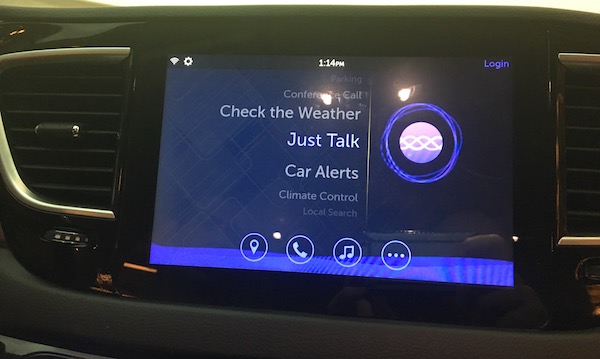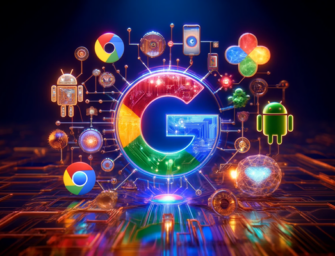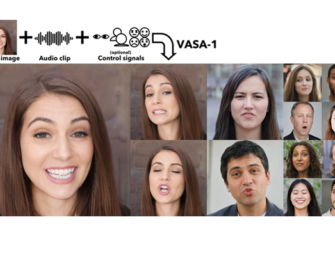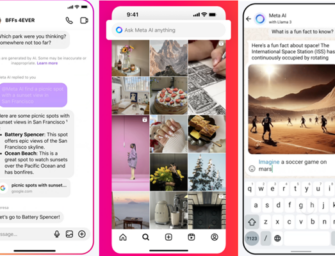Dragon Drive by Nuance Provides Automakers with Voice Interaction at the Edge
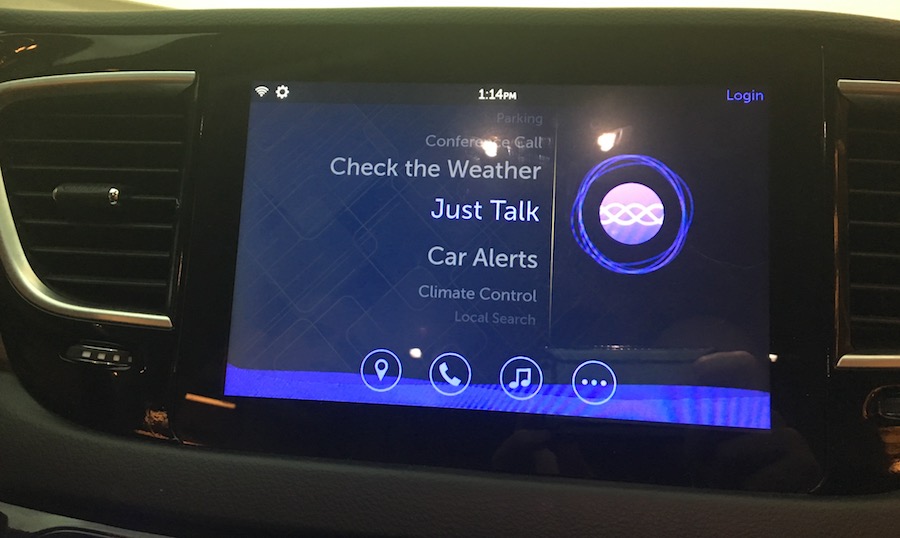
Nuance had a big presence at CES that was tucked away at the Cosmopolitan Hotel. There were a constant stream of meetings that demonstrated the latest developments from one of the voice technology industry’s pioneers. One of the more interesting demonstrations was Dragon Drive connected car platform.
Dragon is the name of Nuance’s original speech-to-text engine and the Drive element connotes how it is being used today in cars. Nuance announced that one of those car models is the Toyota concept vehicle, Concept-i. In September 2017, the company announced that the Audi A8 would include Dragon Drive. The company says that Dragon Drive is currently in use in some way in more than 200 million cars today supporting 40 languages. If you have used voice interaction in a car previously, it was probably driven by Nuance’s Dragon solution. The new technology highlighted at CES takes this well beyond simple voice interaction of yesterday.
Voice Was Popular with Automotive at CES 2018
Voice in automotive was a big storyline at CES 2018. Amazon had announcements with Panasonic for infotainment systems and Toyota for in-car Alexa access. Google also announced with Panasonic and said that Android Auto will make Google Assistant available in 400 car models. Hyundai demonstrated its new integration with SoundHound’s voice assistant. However, Dragon Drive illustrates how Nuance’s vision of voice in the car is more ambitious than its rivals.
How Dragon Drive is Different
Voice assistant use cases for automotive over the past 12 months have typically focused on one or more of six common use cases:
- Controlling car telematics features while not in the car such as locks, climate and ignition
- Controlling traditional in-car features while driving such as climate, windows, navigation and entertainment
- Accessing or creating personal information such as calendar entries, messages and contacts
- Accessing general knowledge such as weather, news, or other questions that may come to mind
- Controlling smart home devices while driving
- Making voice purchases while driving
The first use case category for telematics integration is fairly trivial and many automakers have created Alexa skills with these capabilities that provide no real value while driving. Use case categories 2-6 are more sophisticated and get into higher value services for drivers. Dragon Drive goes further by adding an AI-based system that learns driver preferences in the context of transit.
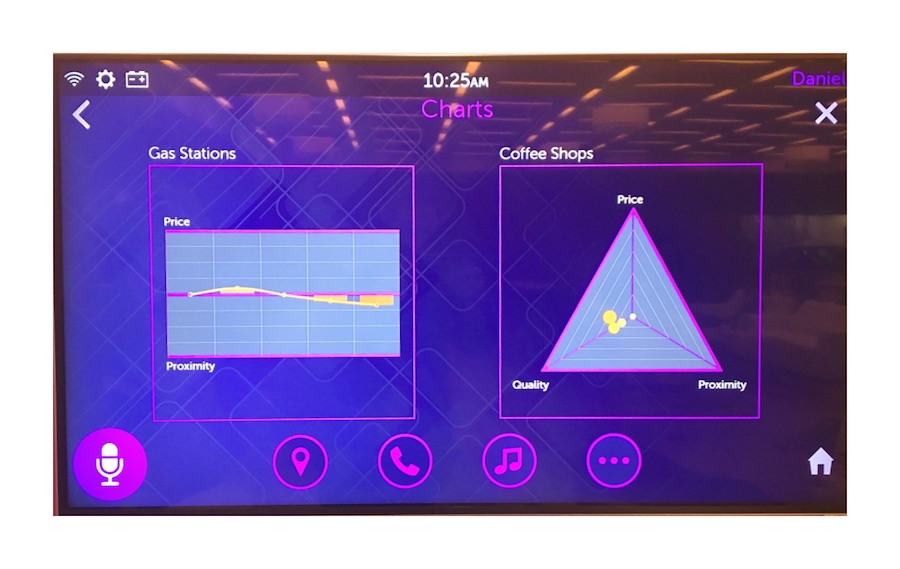
For example, you can ask the Nuance’s Nina voice assistant to find parking near an address you are traveling to. Nina will not only locate parking, but will also learn a user’s preference for price versus distance from the desired address. Similarly, it can differentiate between proximity, price and quality measures for coffee shops that might be en route during a trip and recommend the best option. The price and proximity tradeoff also can be applied to gas stations. As a result, Nina will suggest the best fit trade-off for drivers in multiple use cases.
Other Dragon Drive Features Beyond the Ordinary
Dragon Drive has some other features that go beyond traditional thinking in terms of in-car voice assistants. These include:
- Always listening option with no wake word: Because the NLP is working locally in the car, there is an option to enable the system to operate without a wake word. It simply recognizes when you are asking it to perform a task within its capabilities. This leads to a more natural and faster interaction. Toyota plans to offer always listening capabilities for Alexa, but it will still require the “Alexa” wake word to activate.
- Voice biometrics personalizes the driver experience: Nuance can implement voice biometrics that automatically identifies the driver and personalizes the car settings to their preferences. This will also personalize results from the learning system to the specific driver.
- Context extends beyond past experience to current situation: The voice assistant can personalize the in-car experience based on the number of passengers in the car and the current weather.
- Multi-assistant integration: Nuance demonstrated how it could reach out to Siri for information or capabilities that are specific to that ecosystem. HomeKit for smart home control and Apple Music are use cases that come to mind. Alexa and Google Assistant integration are also planned.
- Automobile information: There is also the benefit of storing driver’s manual information locally. When you have a question about the car or an indicator light, you can quickly find out the answer that is specific to the car make and model you are driving without the messiness of sorting through a Google search or interacting with a physical manual.
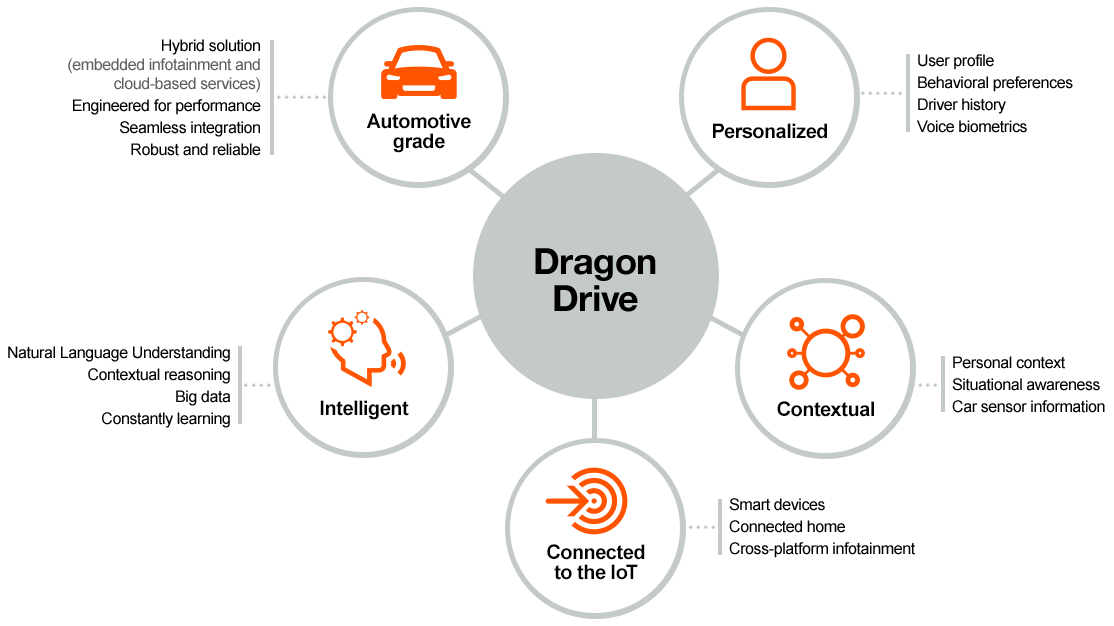
Eye Tracking Could Bring AR to Cars
Dragon Drive also has an eye-tracking feature that can identify where the driver is looking at any given moment. It is not clear that any Nuance automotive customers plan to implement this feature, but it is fascinating and provides insight into how augmented reality can add utility while driving.
The solution identifies where you are looking and compares that to GPS data to determine what is in that location. If you then ask about that place, for example a restaurant, it can tell you information about it such as type of cuisine and consumer ratings. You don’t even need to say the name of the location. You just look at it. It’s hard to say whether this will be embraced by consumers or used with any frequency, but it is a nice feat of engineering.
Voice in the Car Goes Well Beyond Smart Speaker Use Cases
What all of this highlights is that use cases in the car differ from the most common features accessed through smart speakers. Alexa and Google Assistant are optimized for general use cases and will need more specialization to fully meet the needs of drivers. Nuance has a big head start in this domain. Dragon Drive might be able to fend off encroachment by Amazon and Google by further optimizing the voice interactive driving experience while providing access to the popular consumer voice assistants through integration. One thing is clear. Voice is a big focus for automakers and for voice platforms vendors. Competition is heating up.


